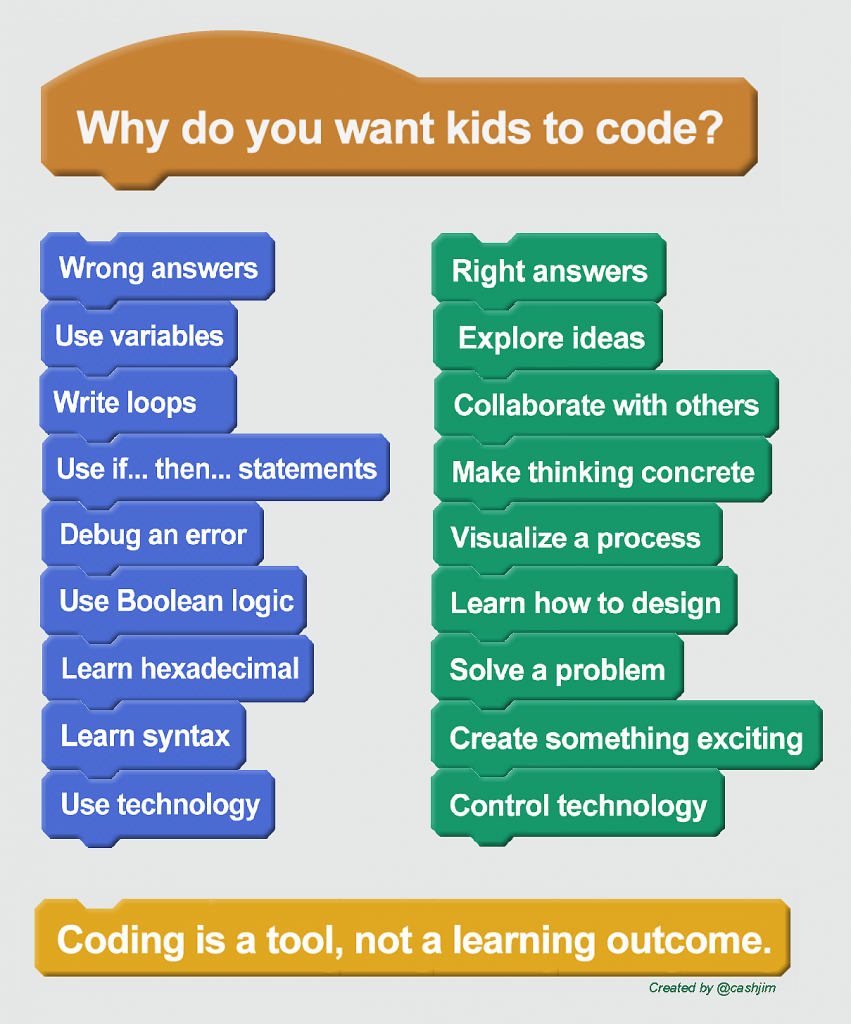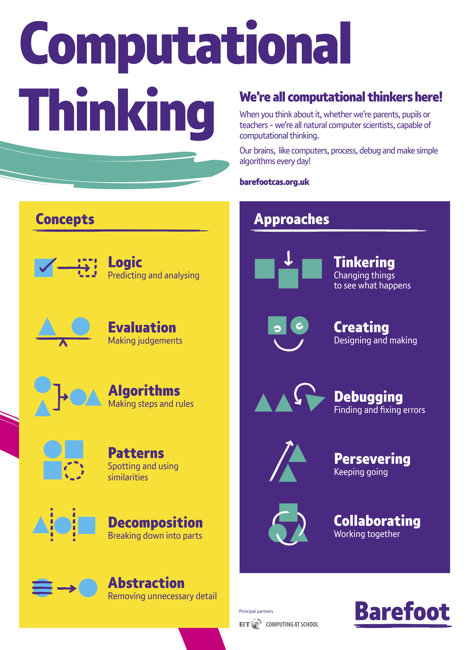Durham Academy’s Computer Science Department worked on creating what we consider to be essential Digital Learning Transfer Goals. These goals are across content areas and should be woven into all areas of study.
Learners will be able to independently use their learning to:
- Demonstrate responsible, safe, legal, and ethical behaviors when interacting in an interconnected, digital world.
- Use technology to effectively advance learning.
- Use digital tools to effectively solve problems.
- Communicate and collaborate globally across media platforms
The classes will deploy the ISTE standards for learners as the guideposts for our intentional use of technology during the class. In addition, Computational Thinking will be the driving force behind the scope and sequence of the various Computer Science courses. Learning will be guided by Tinkering, Creating, Debugging, Persevering, and Collaborating.
Why we are teaching coding is as important as what we are teaching. Read more about why kids should learn to code from this article written by Jim Cash which is where the images if from.


